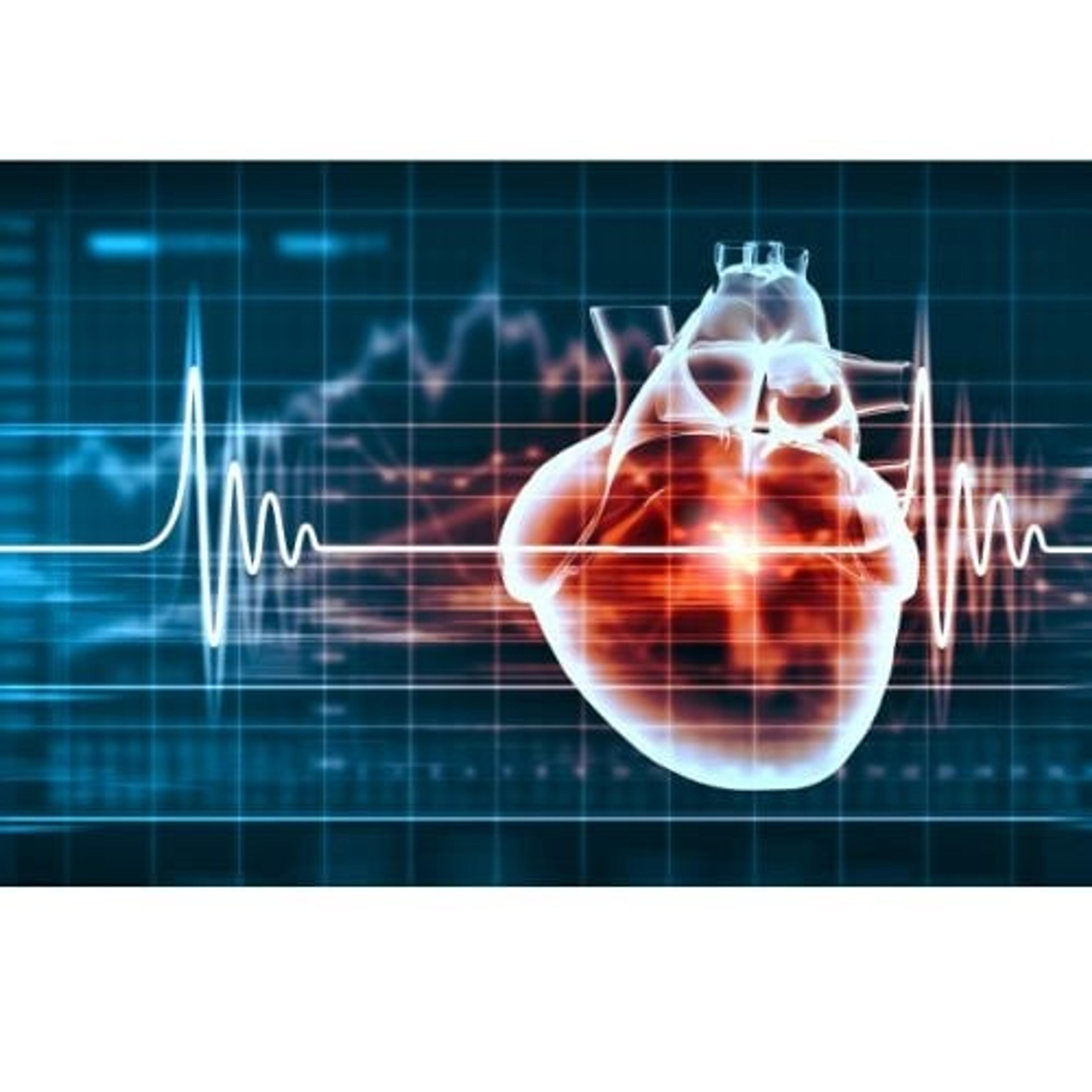Maximizing in vivo models: Employing long-term rodent telemetry for disease efficacy and safety pharmacology
Learn how the Inotiv customizable telemetry platform can enable more ethical and financially sound drug development
6 Feb 2023
Drug development is heavily dependent on the use of animal models to evaluate the efficacy and safety of potential drug candidates before conducting human clinical trials. These preclinical studies require robust methodologies capable of generating high-quality data while minimizing the pain, discomfort, and stress inflicted upon animal subjects and the overall number used. Radiotelemetry is one such method – hailed as the 'gold standard' for measuring physiological parameters, such as blood pressure, in conscious and freely moving laboratory animals that are not undergoing stress.
In this article, SelectScience® speaks with Dr. Brian R. Bond, Senior Director of Pharmacology and In Vivo Operations at Inotiv, to learn more about the company’s expanding radiotelemetry platform and how his team is assisting researchers in the design, execution, and interpretation of rodent telemetry experiments that are fundamental to the advancement of drug development projects.
The value of radiotelemetry
Telemetry involves the use of miniature sensors to remotely measure physiological parameters, such as blood pressure, respiratory rate, activity, and core body temperature, in laboratory animals. It involves the surgical implantation of the telemetry device, which then wirelessly transmits the data to a receiver. While the technology has been in use for more than 60 years, it was only in the 1990s that reliable, fully implantable telemetry devices became commercially available. Since then, telemetry has become indispensable to a wide range of biological disciplines, including physiology, behavioral, and pharmacology studies.
In drug development, telemetered rodents, such as rats, mice, and guinea pigs, are regularly used to determine the efficacy of early drug candidates and to assess their cardiovascular safety by identifying and characterizing undesired effects. “It’s a very powerful platform for this purpose,” says Bond. “The data generated by telemetry provides fundamental insights that underwrite project decisions and key milestones.”
Telemetry offers several advantages over conventional cardiovascular measurement methods, including the ability to continuously record physiological signals in conscious animals without the need for physical restraint. This not only improves the welfare of the animals by reducing stress, but also eliminates a potential source of experimental artifact and variability. In addition, by collecting data over extended periods and recording multiple parameters simultaneously from the same individual, telemetry can reduce the number of animals required by 60–70% in single studies[1] and by more than 90% in multiple studies[2].
Common challenges
Despite these benefits, telemetry is not without its challenges. “It requires a high degree of technical excellence,” begins Bond. “The most common endpoint is blood pressure, which requires the cannulation of the rodents in either the abdominal aorta or carotid artery. The surgical procedure for the implantation of the transmitter is therefore extremely delicate as it needs to deliver a high-quality signal without compromising the normal health of the animal.”
Another challenge during the experiments themselves is controlling confounding pathophysiological factors. “These animals are highly sensitive to environmental stimuli, so it’s preferred to run these studies in environmentally controlled animal rooms with soundproofing, tightly regulated temperature and humidity, and very restricted access by research staff,” he adds. “Even if you're just quietly standing in the room, the rodents detect your presence and it affects their physiology, so we have to be very rigid about when we interact with them, based around the unique study design.”
Partnering for success
As a leading contract research organization, Inotiv offers a comprehensive suite of in vivo pharmacology and analytical services to support researchers from early discovery through to investigational new drug (IND) applications. “Our team here in St. Louis has more than 20 years of experience designing, executing, and interpreting telemetry data,” shares Bond. “As a company, Inotiv offers telemetry studies not only in mice, rats, and soon guinea pigs, but also in canines out of our lab in Colorado, for both non-GLP and GLP projects.”
The team provides a customizable rodent telemetry platform capable of continuously collecting data for up to 6 months from 120 rats and 6 weeks from 60 mice, while supporting researchers from experimental design to analysis. “When executing complex pharmacology, studies significantly benefit from early conversations between the sponsoring scientists and our subject matter experts,” explains Bond. “Together we achieve a shared understanding of the capabilities of a given model or endpoint assessment and shape the study design accordingly so that we can deliver the highest impact and highest quality data.”
The Inotiv platform enables several different design approaches and a wide range of physiological parameters to be studied, however, Bond notes that researchers are most often looking to measure and evaluate blood pressure effects. “From a disease efficacy perspective, this is often used to establish proof of concept or to define the exposure-response relationship,” he says. “Blood pressure is in many ways a center point of physiology, so even if the disease indication is not an anti-hypertensive, it's critically important to understand the status of systemic hemodynamics to assist in the scientific interpretation of the full data set.”
Compared to disease efficacy, safety pharmacology studies are often more targeted and aim to characterize potential undesired blood pressure effects, including their magnitude and duration, or the exposure-response relationship to define a therapeutic index between efficacy and safety. “We can also perform screening studies from both a disease efficacy and a safety perspective,” he adds. “We can establish a screening colony with appropriate washout intervals to assess a large number of candidate compounds over long periods to inform lead selection or medicinal chemistry efforts.”
Achieving more with less
The use of telemetry can have a significant impact on the 3Rs requirement (replacement, reduction, and refinement) of animal welfare. “Inherent in the telemetry platform is a very high level of fidelity and accuracy, which enables a reduction in the sample size required to achieve the necessary statistical power,” says Bond.
Studies are designed using the minimum number of animals possible and the team also looks for opportunities to reuse subjects. “With an appropriate washout period, we can reuse animals for subsequent studies and really maximize the benefit, not only from an animal utilization perspective but also from an economic standpoint for clients,” he says.
Looking ahead
While the FDA no longer requires new drugs to be tested on animals prior to human clinical trials[3], the vital role systemic blood pressure plays in various cardiovascular and renal pathologies, as well as in safety pharmacology, suggests animal-based telemetry will remain crucial for drug discovery and development. “Telemetry is considered the gold standard for the measurement of physiologically relevant endpoints, so we're committed to continuing to offer this sophisticated technological platform and generating the highest quality data for our clients,” says Bond. “We also have plans for expanding the capability of our rodent telemetry platform to include guinea pigs, as they express the hERG channel, which is fundamentally important in characterizing QT prolongation. We’re always looking for additional relevant ways to add value for our clients, so they can get the answers they need to make informed decisions sooner,” he concludes.
References:
van Acker, S.A., et al. Doxorubicin-induced cardiotoxicity monitored by ECG in freely moving mice A new model to test potential protectors: A new model to test potential protectors. Cancer chemotherapy and pharmacology. 1996;38 (1):95-101.
Kinter, L. B., et al. Major organ systems toxicology: An integrated approach to pharmacodynamic safety assessment studies in animals. Comprehensive toxicology. 1997
Animal Wellness Action. Congress approves landmark measure to reduce animal testing. 2022 Available at: https://animalwellnessaction.org/congress-approves-landmark-measure-to-reduce-animal-testing (accessed: January 30, 2023).

